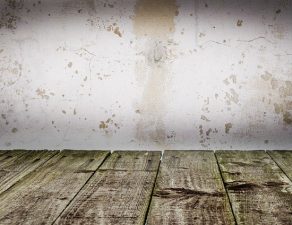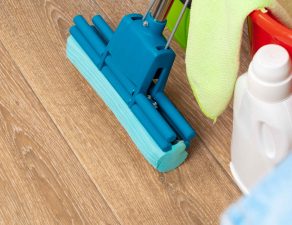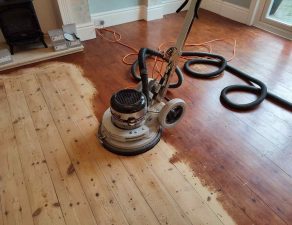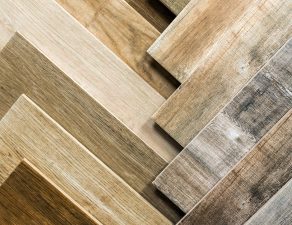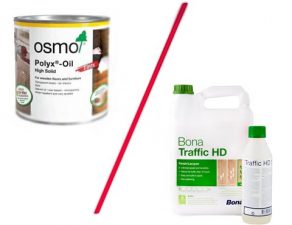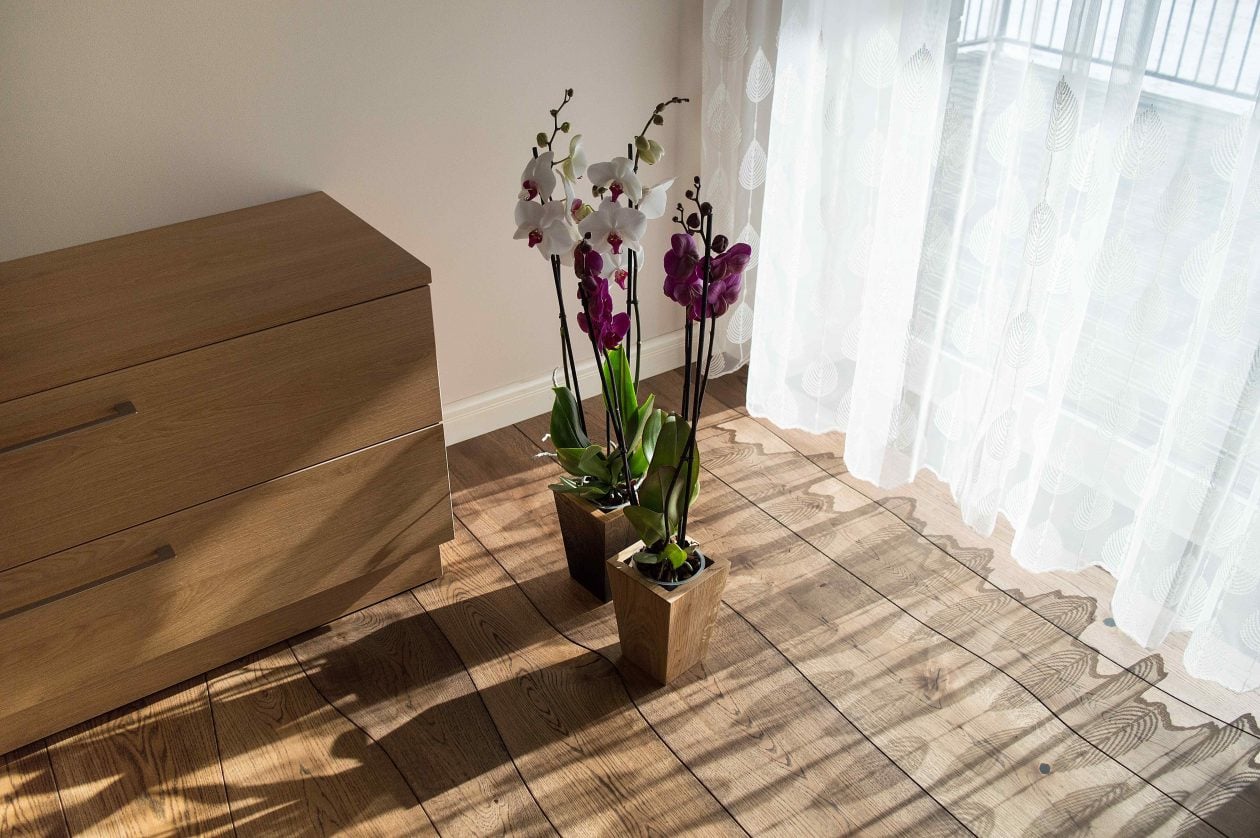

Wooden floors are a popular choice for many homeowners, offering a warm and natural look that complements a range of interior design styles. However, prolonged exposure to sunlight can cause damage to wooden floors, including fading, discoloration, and warping. If you want to keep your wooden floors looking their best and prevent damage, it’s important to take proactive steps to protect them. In this article, we’ll explore some effective strategies for safeguarding your wooden floors against direct exposure of the sun, so you can enjoy their beauty and durability for years to come.
Why does the sun damage wooden floors?
When it comes to hardwood floors, the effects of sun exposure can be quite complicated. Colour deterioration is mainly caused by three elements: ultraviolet light, visible light and infrared (IR) light which produces solar heat.
Wood is highly sensitive to sunlight, and you don’t even need to leave it out in the sun for very long to witness how UV rays can alter its colour. Just cover part of a piece of unfinished wood with something and watch as the exposed area changes!
The rate at which timber reacts to UV light is contingent on the type of wood.
Many exotic trees like Brazilian Cherry or Tigerwood used in flooring react quickly to UV exposure and become darker. Domestic trees such as Red Oak, Maple and Hickory tend to bleach out and lighten up at a much slower rate.
The wood itself isn’t the only thing that can be affected by discoloration – the kind of finish on the floor can also have a major influence on how it will respond.
Infrared light, alongside UV and visible light, interacts with the coating, causing it to darken or become yellowish gradually. This is why certain kinds of hardwood floors with oil-based polyurethane finish tend to take on an unsightly orangey/yellow hue over time.
How to avoid sun damage on hardwood floors?
People underestimate how direct sunlight can affect our hardwood flooring, as we sometimes associate it with how plants need natural light. We take a look at a few protective measures that we recommend to use to conserve your hard floor from damaging rays of light and prevent sun damage, as in some cases applying sun-resistant sealant might not be enough.
Block the sunlight by placing rugs and moving furniture around
Occasionally move your furniture and floor coverings around so that the sunlight can reach the areas of your flooring that were previously in the shade. This will balance out the amount of UV and IR light that gets in the room, resulting in a more even fading process and an overall consistent colour throughout the space.
If you can’t rearrange the furniture, try taking out the area rugs during the warmer months and putting them back in when it gets colder.
Low-emissivity glass windows
If you’re planning on doing a major renovation or building a new home, it’s worth considering low-E windows. These windows are covered with special materials that help to reduce the amount of UV and IR light that can pass through them. There are several varieties so it’s best to consult a glass specialist to determine which ones would be ideal for your home.
Use Window Film
If you’re not in a position to replace all your windows, window film is an option worth considering. It can filter UV light, make windows more resistant and help reduce heat loss. Bear in mind that there are many types of window films available, so if your main concern is the sun, be sure to consider UV protection film. You can find window film at your local home improvement store and place it on your own or hire a professional.
Window coverings
It’s logical that if you can keep direct sunlight from your floors, it won’t fade as quickly. Covering your windows with drapes, curtains, shutters or blinds is a great way to protect against fading hardwood floors. If you close your blinds or curtains when the sun is shining directly on your windows, it will significantly reduce the amount of UV and infrared light that reaches the floor.
If you have mini blinds or other types of horizontal louvers and don’t want to close them completely, adjust the slats so that they are angled upwards, which will direct the sunlight towards the walls and ceiling instead of the floor.
If you’re looking for convenience, motorised screens, shades and blinds can be a great option. Though it may require more of an initial investment, the payoff is worth it – you can set a timer so they’ll expand during the day when you’re away from home and then retract.
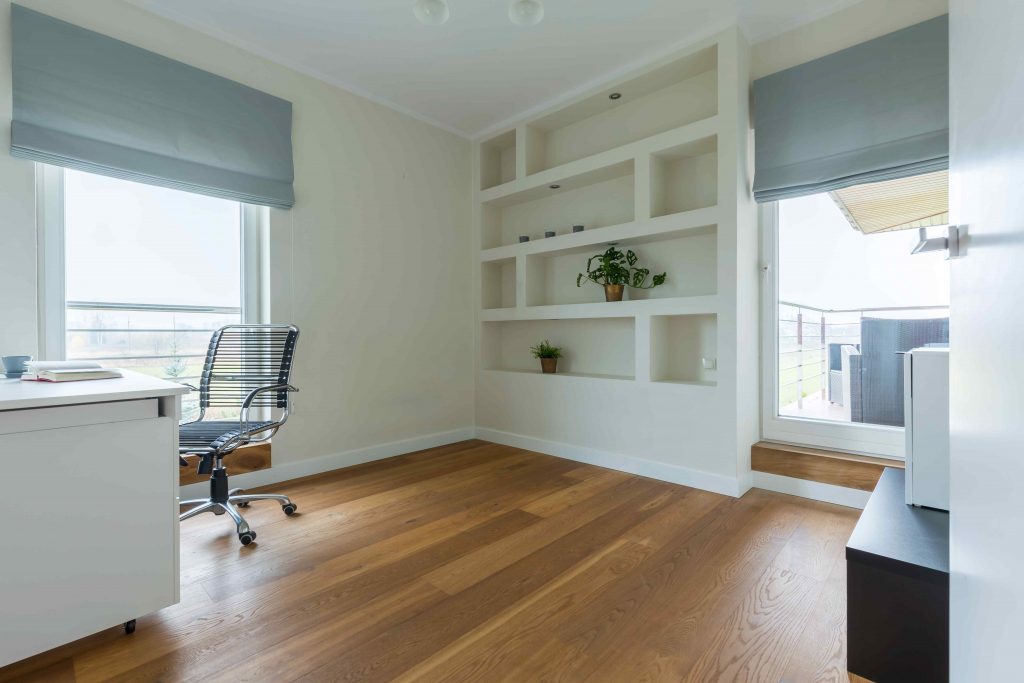
Install awning
One of the most effective methods to protect your floors from the sun’s harmful rays is to prevent them before they even reach your windows. Awnings are an ideal solution for this purpose, coming in both retractable and stationary designs with a variety of materials and styles that can match any home.
Protective Coatings and Finishes
Another way of preventing sun damage is to apply a protective coating or finish to your hardwood floor, which would also increase its lifetime. Let’s check into some favoured options.
UV-resistant finishes
These types of finishes protect against discoloration and fading of the wood. The UV-resistant finish also hinders UV rays, comes in different gloss levels, and can be applied over stains or natural finishes.
Tinted sealers or stains
Using tinted sealers can enrich the colour of the hardwood flooring while simultaneously protecting them from direct sunlight. They come in a vast range of colours and can be used over natural finishes or unfinished wood.
Oil-based finishes
Oil finishes reach deep into the wood, granting excellent protection against damaging rays. They come in satin, semi-gloss, and glossy finishes that are suitable for every type of hardwood floor.
Wax finishes
Wax finishes can be applied easily and are simple to maintain, but they might not provide the same level of protection as other finishes. They create a protective layer over your wooden floors and present a natural appearance.
When you start applying a protective coating or finish, make sure to clean and prepare the wooden floors. Use the finish in a well-ventilated area while carefully following the manufacturer’s instructions. The protective gear is very important to avoid inhaling dangerous fumes. You need to be careful when conserving your floors from the sun, so you can enjoy them for a longer period of time.
How to fix already damaged wooden floors from sun damage?
If the wood is already discoloured and none of the techniques mentioned have been successful in blending the areas together, or the difference in colour is too extreme, then the only solution would be to restore the hardwood flooring by sanding and refinishing. We do not recommend trying any extreme solutions outside of this article. It’s best to get a professional to inspect the rooms and advise how to fix the floors, as other not tried and tested methods might further damage them and increase the cost of the repair.
Read more about the benefits of professional floor sanding.
Conclusion:
Sun damage can inflict harm to your wooden floors that are beyond repair, but by taking the right preventive actions and protective coatings, you can maintain their appearance for many years. By using window treatments and moving furniture around to applying UV-resistant finishes and wax coatings, we have shown you different ways to protect your hardwood floors from the sun. The advice we gave here will help you relish the natural beauty and warmth of wooden floors throughout their lifespan. It is important to clean and maintain them on a regular basis and look for professional help if you see any signs of sun damage. By taking the time to care for them properly, you will ensure their mint condition for the future.
FAQ
What wooden flooring is more resistant to sunlight?
High-quality laminates won’t lose their colour when exposed to sunlight.
Do dark hardwood floors fade in sunlight?
Both light and dark-toned hardwood floors will eventually lose their luster. However, the effect is less noticeable on lighter woods.

